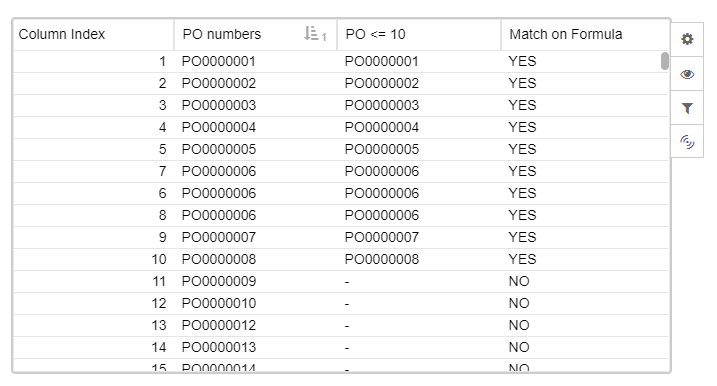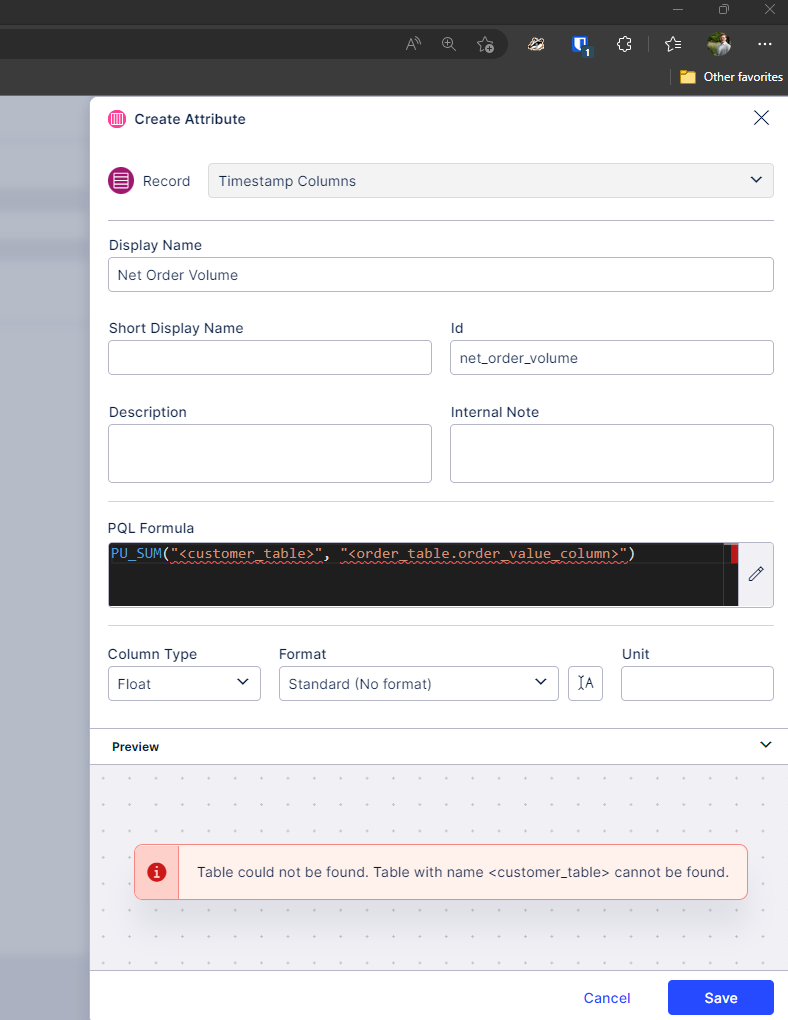Question
Hi everyone, for O2C we want to be able to analyze the top 10 customers (based on net order value) vs the other customers. Is there a dynamic way to define/filter the top 10 customers based on the net order value?
 +13
+13Hi everyone, for O2C we want to be able to analyze the top 10 customers (based on net order value) vs the other customers. Is there a dynamic way to define/filter the top 10 customers based on the net order value?
Enter your E-mail address. We'll send you an e-mail with instructions to reset your password.




 I hope this helps!
I hope this helps! 

